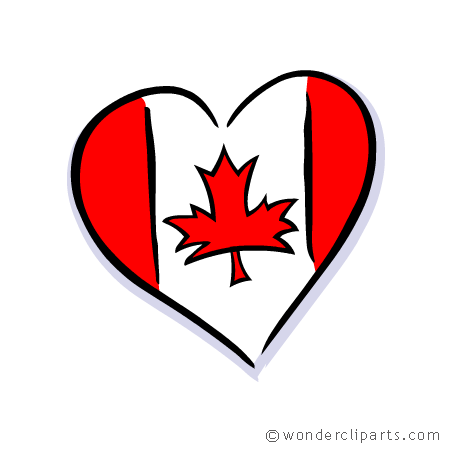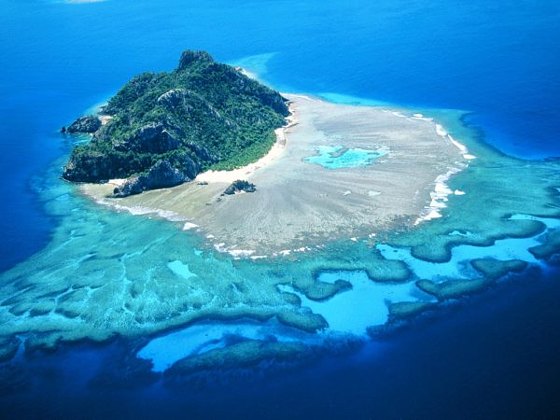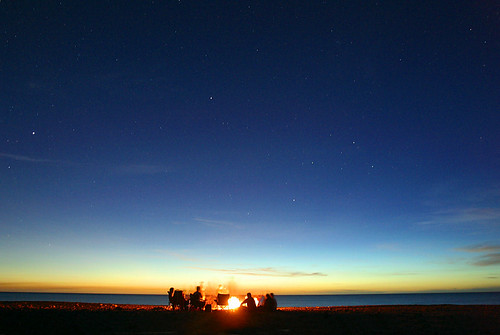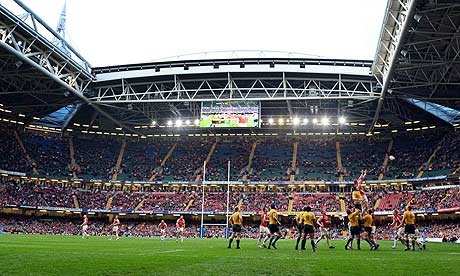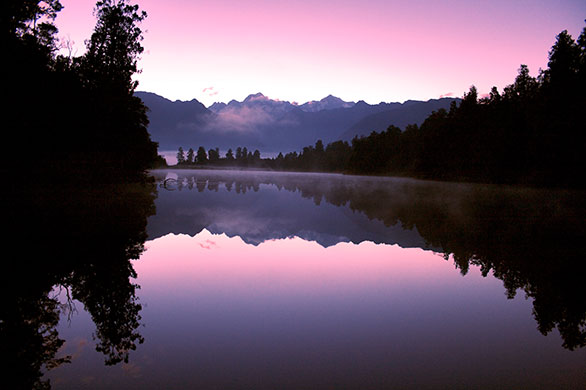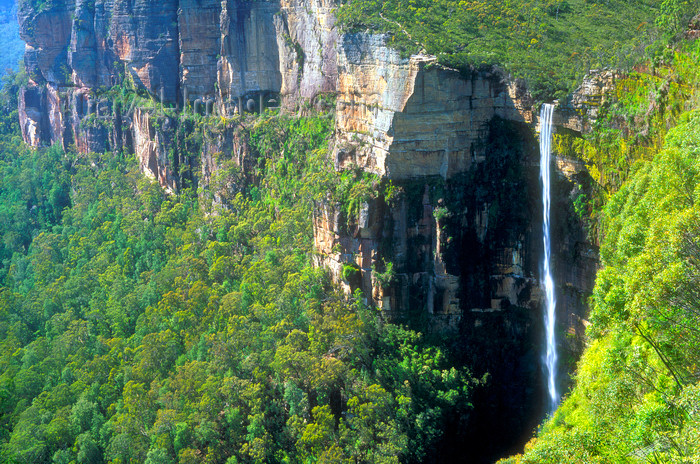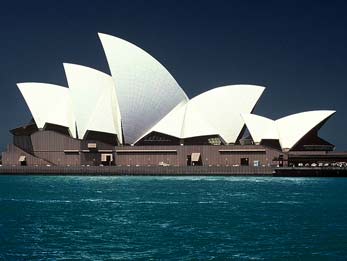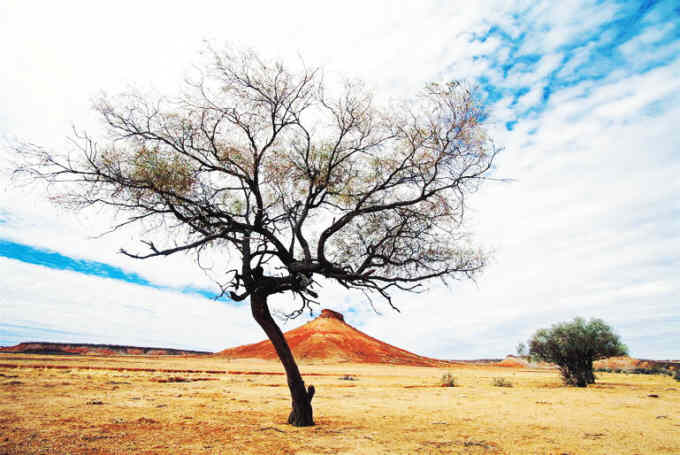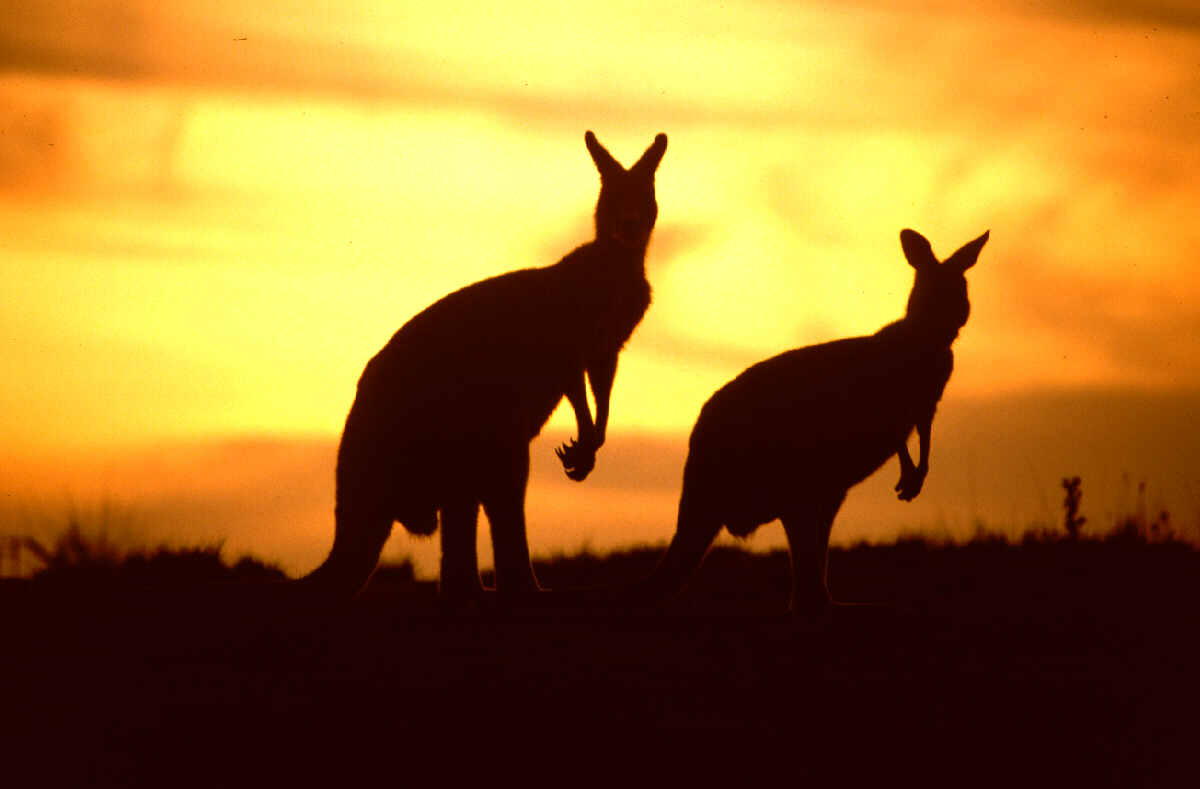Today we left Fiji Canada bound.
We had a blast on our trip and are so blessed to have been able to go on this trip. We thank God everyday that we got this opportunity. And we can't wait until the next time we travel!!!!
Tuesday 17 January 2012
Fiji's economy
Fiji's natural resources are; forest, minerals(gold, copper, offshore oil and hydro power), and fish resources. Fiji's garment industry is steadily growing but its sugar industry has shrunk even though the government has subsidized prices. The sugar industry takes up one third of Fiji's industry involvement. Fiji's tourism industry has increased majorly. Some of Fiji's main problems include low investment and fights over property rights. The political turmoil has had a largely negative impact on the economy. Other countries are hesitant to trade with Fiji because of its military dictatorship(2008).
Fiji's culture
Fiji's culture is highly influenced by the indigenous people, Indian, Chines and European. The indigenous culture is a part of most of Fiji's population's daily life. Fiji is community based.
Here are some of the holidays and festivals that Fiji celebrates:
Here are some of the holidays and festivals that Fiji celebrates:
- New Year's Day
- Good Friday
- Easter Saturday
- Easter Monday
- National Youth Day
- Ratu Sir Lala Sukuna Day
- Queen's Birthday
- Fiji Day
- Diwali
- Christmas Day
- Boxing Day
- Prophet Mohammed's Birthday
Fiji's geography
Fiji takes up 194,000 square km, but only 10% is land. There are 322 islands (out of that 322 , 106 of them are inhabited) that make up Fiji and 522 small islets. The two most important islands are Viti Levu and Vanua. The islands are made up of mountainous peaks that can reach a height of 1,324 m and tropical forests. Three quarters of the population lives on Sauva. Fiji's climate is tropical marine.
Travel notes
To travel to Fiji you need a valid Canadian passport. If you are traveling from an infected area you need prof of a yellow fever immunization. When leaving Fiji you will need to pay a $30 departure tax( kids 12 and under don't need to pay). Tourist, business and work visas are all required.
Day 17 Fiji
Today we drove to the beach to go windsurfing. We stayed there all day and wind surfed and swam. We brought a pick nik lunch, and hamburgers and marshmallows to cook on a camp fire on the beach.
Day 16 Fiji
Today was a really fun day because we went on an adventure cruise! We left in the afternoon and the cruise ended at around 9pm. We cruised around and stopped to swim and snorkel. As usual we took LOTS of pictures.
Day 15 Fiji
Today we went to Fiji's national rugby stadium, and watched a rugby game. Fiji won!
After the game we went for a drive and found this place called the Sea View Cafe in Savusavu. We had a light supper because we had some snack food while we watched the game. We thoroughly enjoyed the meal at the Sea View Cafe though. The view was pretty awesome too!
After the game we went for a drive and found this place called the Sea View Cafe in Savusavu. We had a light supper because we had some snack food while we watched the game. We thoroughly enjoyed the meal at the Sea View Cafe though. The view was pretty awesome too!
Saturday 14 January 2012
Day 14 Fiji
Today we decided to go scuba diving with KoroSun Dive. It was about $250 per person. We had an amazing time and took tones of gorgeous pictures!
Day 13
Today we left the beautiful New Zealand and flew to Fiji. After to Fiji we left the airport to go to our hotel Naveria Heights Lodge, and settled in. For the rest of the day we hung out at the hotel.
New Zealand's Economy
New Zealand has a developed market economy. New Zealand has its own dollar informally called 'the Kiwi Dollar'. They have a GDP of $ 28,205 in U.S dollars. New Zealand depends on internal trade, especially for agriculture.
New Zealand's Culture
Early Maori adopted Polynesian culture, there is also some British and Irish influences as well as (more recently) American, Australian, Asian and European cultures. New Zealand used to be really rural but is now leaning towards most people living in cities, but art, literature, film and humor have rural themes.
Traditional Maori culture arts and crafts ( carvings and weaving) is making a come back. Maori fabric colours are usually black, red and white with geometric shapes. People in New Zealand used to dress up for special occasions until around the 1950's, now people lean towards casual clothes.
New Zealand music is influenced by blues, jazz, country, rock and roll and hip hop but with a unique New Zealand interpretation.
Sports in New Zealand are greatly influenced by the U.K. Some the sports they take place in are soccer, netball, rugby( New Zealand is world champions in rugby), horse racing, softball, rowing, yachting, cycling, triathlons, snow sports and surfing.
Traditional Maori culture arts and crafts ( carvings and weaving) is making a come back. Maori fabric colours are usually black, red and white with geometric shapes. People in New Zealand used to dress up for special occasions until around the 1950's, now people lean towards casual clothes.
New Zealand music is influenced by blues, jazz, country, rock and roll and hip hop but with a unique New Zealand interpretation.
Sports in New Zealand are greatly influenced by the U.K. Some the sports they take place in are soccer, netball, rugby( New Zealand is world champions in rugby), horse racing, softball, rowing, yachting, cycling, triathlons, snow sports and surfing.
New Zealand's Geography
New Zealand is located in the pacific Ocean. It is made up of two big islands called the North Island and the South Island. The 5 next biggest that are lived on are; Stewart Island, the Chatham Islands, Great Barrier Island, d'Urville Island and Waiheke Island. New Zealand has about 15,134 km of coastline and is more than 1,600 km long and fairly narrow with a width of 400 km.
Wednesday 11 January 2012
Travel notes
To travel to New Zealand from Canada you need a valid Canadian passport and a return flight ticket that has already been purchased. You also need a departure taxi. If you are staying for less than three months you do not need a travel visa but you do need a business visa if you are they for business or a student visa if you are going to be a student in New Zealand from abroad.
This is our hotel in New Zealand
In New Zealand we stayed at Auckland City Hotel for the duration of our stay in New Zealand. It was $88 a night.
Day 12 New Zealand
This was our relaxing day, we spent it at Hot Water Beach on Coromande Peninsula. We sat around in thermal pools of water and then later explored a little bit. All in all it was a really relaxing and much needed day.
Day 11 New Zealand
We wanted to have an adventure today...so we decided to make it memorable and we went white water rafting in Queenstown New Zealand. I was scared to death the whole time, but with constant prayer I was able to at least enjoy my self and never forget today! I ended up have a blast!
After white water rafting we enjoyed dinner at Fidel's cafe in Wellington Central. We both had the fish of the day with fries and a salad.
After white water rafting we enjoyed dinner at Fidel's cafe in Wellington Central. We both had the fish of the day with fries and a salad.
Day 10 New Zealand
Today we went to an other National Park, today it was the Westland National Park. We saw glaciers and ancient rain forest. We took tones of pictures and again were stunned by the beauty of New Zealand.
Day 9 New Zealand
Today we went to Fiordland National Park. We walked along the paths and took a guided tour. We saw some breath taking sights and were in search of many water falls.
Day 8 Our first day in New Zealand
Early this morning we went to the airport and boarded a plan to New Zealand. Just after lunch we got to New Zealand, we rented a car and drove to our hotel in Auckland. After we got settled we went for a cable car ride in Wellington New Zealand.
Tuesday 10 January 2012
Australia's economy
Australia has a market economy and has a high GDP. Australia also had a low rate of unemployed people. It has successful industry's in tourism, education and financial areas. Australia exports wheat, wool and minerals like iron-ore, gold and energy sources(natural gas and coal).
Australia's culture
Australia's biggest influence is the English speaking western world and it's indigenous people, as well as neighboring Asian culture. Australia hosted the summer Olympic games in the years 1956 and 2000. Some of the sports that are poplar in Australia are cricket, field hockey, netball, rugby, rowing, swimming and surfing.
Australian art focuses on the natural landscapes of Australia. The first art was cave and bark paintings by the Indigenous people. The traditions of the Indigenous people are passed on orally by ceremony and by telling Dreamtime stories.
Australian art focuses on the natural landscapes of Australia. The first art was cave and bark paintings by the Indigenous people. The traditions of the Indigenous people are passed on orally by ceremony and by telling Dreamtime stories.
Australia's geography
Australia has 34,218 km of coastline and has a total landmass of 7, 716,930km. Australia is the smallest continent. Australia is surrounded by both the Indian Ocean and the Pacific Ocean. There are many different geographic features in Australia like the Great Barrier Reef, the outback, rainforests, mountain ranges and deserts. Australia is the flattest continent and it is known to have really bad soil for crops. It has both temperate climates and Mediterranean climates.
Travel notes
To travel to Australia you must have a valid pass port and one of three visa's: you must have either a travel visa a business visa or a student visa to enter Australia.
Day 7 our last day in Australia
Today, our last day in Australia we drove to the Sydney Opera House. It's one of Australia's most recognized landmarks. It was so cool to see up close, since before today we'd only seen it from pictures and in the movies.
The Sydney Opera House was opened in 1973. It was named a World Heritage Sight on June 28 2007. It hosts about 1,500 performences a year bringing in more than 1.2 million guests.
The Sydney Opera House was opened in 1973. It was named a World Heritage Sight on June 28 2007. It hosts about 1,500 performences a year bringing in more than 1.2 million guests.
Day 6 Australia
Today we took a guided tour of the Australian Out Back. We had to get up at 5am to meet our guide at 6am down the road at a travel guide office. We spent the whole day in an off road Jeep learning about the Out Back and taking as many pictures as possible, all the while soaking up the sun.
We saw tones of these little guys!
We also saw lots of these....termite mounds.
We saw tones of these little guys!
We also saw lots of these....termite mounds.
Subscribe to:
Posts (Atom)
